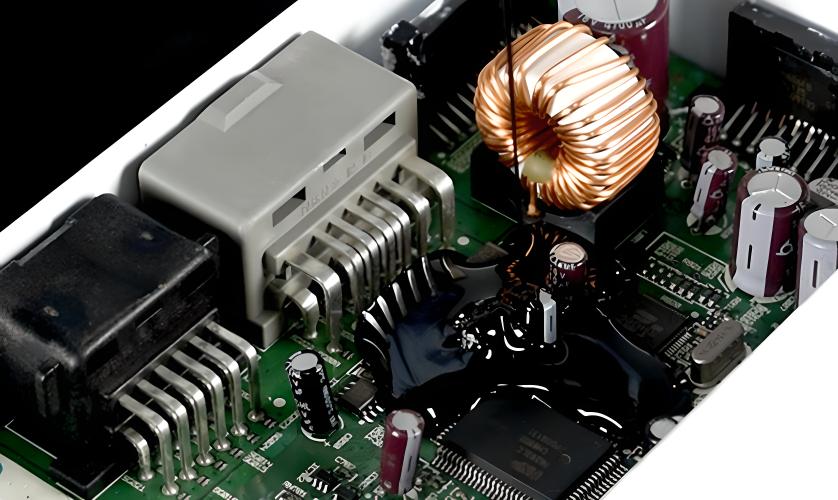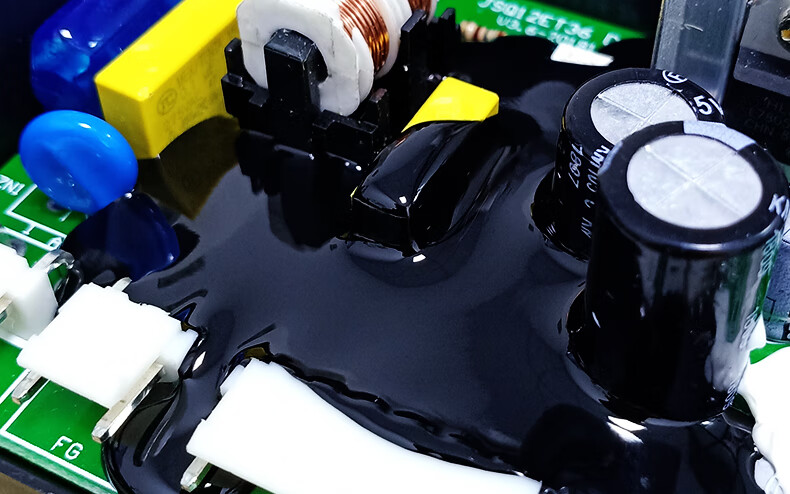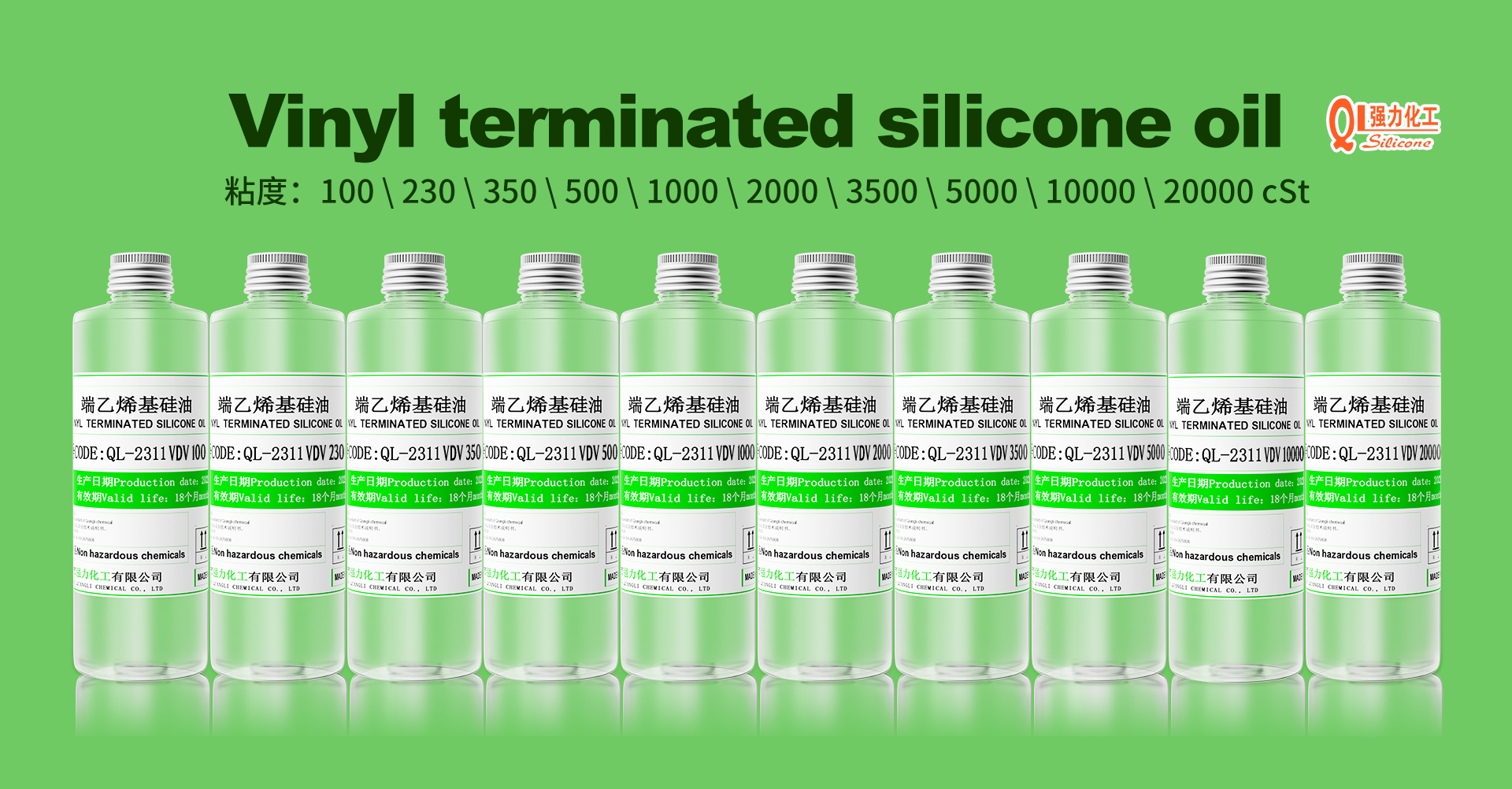Silicone potting adhesive can meet the user's requirements for adhesive curing time. As long as the curing environment temperature is appropriately changed, the estimated curing time can be achieved. Because there are many types of silicone potting adhesives, different types have certain requirements for curing methods and temperatures, so you need to carefully read the instructions before use.

Silicone potting glue is generally soft and elastic. There are many types of silicone potting glue, and different types of silicone potting glue have great differences in temperature resistance, waterproof performance, insulation performance, optical performance, adhesion performance to different materials, and hardness. Some functional fillers can be added to silicone potting glue to give it electrical, thermal, and magnetic properties. The mechanical strength of silicone potting glue is generally poor, and it is precisely by borrowing this property that it can be "broken apart" for easy maintenance. That is, if a component fails, you only need to pry open the potting glue and replace it with a new original, and it can continue to be used.
The color of silicone potting glue can generally be adjusted as needed. It can be transparent or non-transparent or colored. Silicone potting glue performs very well in shockproof performance, electrical performance, waterproof performance, high and low temperature resistance, anti-aging performance, etc.Two-component silicone potting glue is the most common, and this type of glue includes condensation type and addition type. Generally, the condensation type has poor adhesion to components and potting cavities, produces volatile low-molecular substances during the curing process, and has a significant shrinkage rate after curing. The addition type (also known as silicone gel) has a very small shrinkage rate and no low-molecular substances are produced during the curing process. It can be heated and cured quickly.

So can all types of silicone potting glue be cured by heating? The following is a brief analysis by the editor for reference only.
No, silicone potting glue is divided into one-component and two-component. One-component silicone potting glue relies on air humidity to undergo vulcanization reaction and can be cured at room temperature, but cannot be cured by heating. Most two-component silicone potting glues can meet the needs of heating and curing. It only takes more than ten minutes to complete the overall curing at a high temperature of 80 degrees. However, generally speaking, only silicone with A:B=1:1 can be cured by heating.
Are there any disadvantages to heating and curing silicone potting glue?
As long as silicone potting glue can be cured at room temperature, there will be basically no impact if the heating environment temperature does not exceed 80 degrees. Once the heating temperature exceeds 80 degrees, the overall curing only takes a few minutes, and the initial curing and thorough curing are completed almost at the same time. There are residual bubbles in the cured colloid.
During the high temperature curing process, the glue will release some heat energy. If the electrical components have poor bearing capacity, the stress in the glue will affect the electrical components. Therefore, even if it is a two-component silicone potting glue, you need to understand the composition, usage and operation process before using it, and you cannot operate it blindly.
The two-component silicone potting glue is slightly viscous and has a certain fluidity. It can penetrate every corner of the substrate during construction. It can be constructed by hand or by machine. If there are requirements for the viscosity of the glue during the construction process, you can contact the manufacturer to adjust it. Therefore, it is best to cooperate with a brand company when purchasing, so that you can use it with more confidence. For example, Cosmore focuses on the research of potting glue and provides customized potting glue application solutions. It has a wide range of uses and can be applied to new energy, military, medical, aviation, shipbuilding, electronics, automobiles, instruments, power supplies, high-speed rail and other industries.




